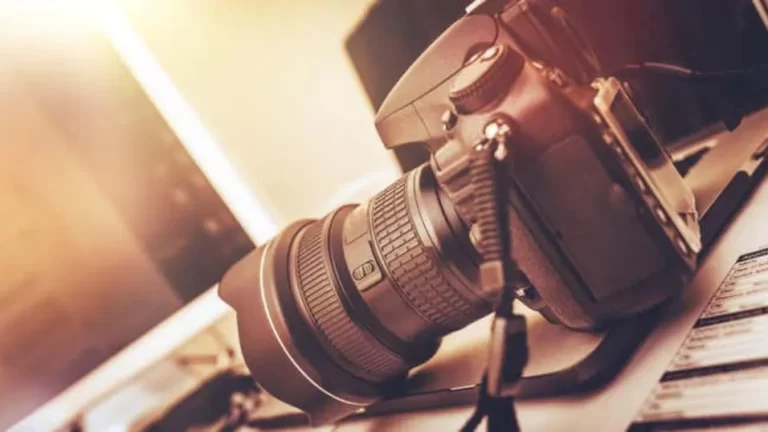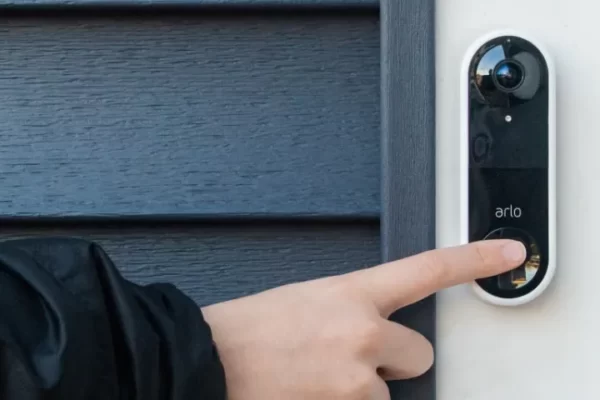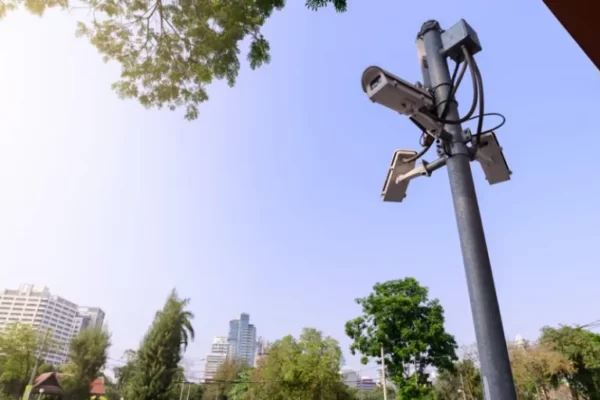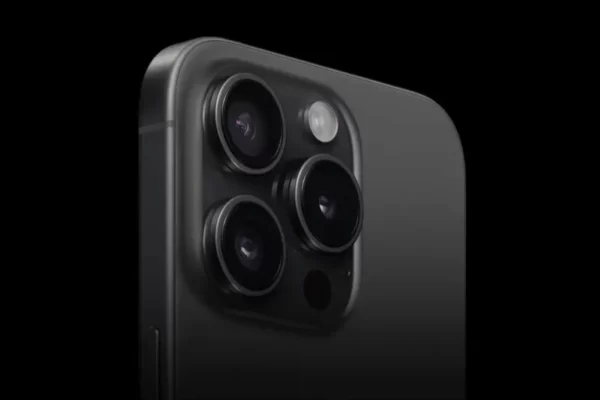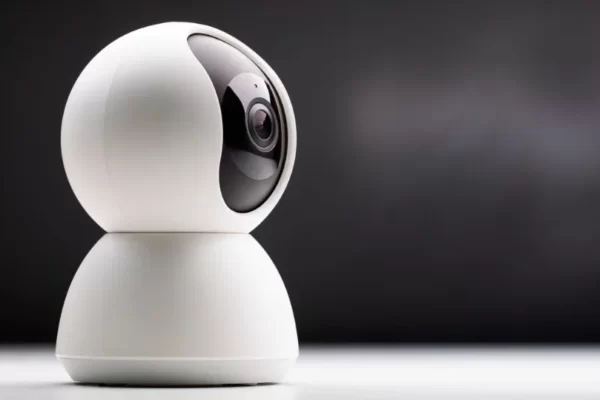The smartphones of today’s generation have very good cameras. The 48MP main camera sensor, four lenses, and software on the iPhone 14 Pro make it appear as though magic is working.
It has more than enough camera for a quick selfie, but is that all you’ll ever need from a camera? Even though phone cameras have improved, there are still some circumstances in which a dedicated DSLR camera is the best choice for digital photography.
Table of Contents
When It’s Better to Use a DSLR over a Smartphone
A phone is typically the best option for most daily uses. It is handy, you always have it with you, and even if you don’t know what you’re doing, it can take good pictures. However, the limitations of phone cameras start to become apparent as you become more serious about photography.
Use a DSLR If You Want to Learn How Photography Works
For control freaks, real cameras are excellent. Smartphone cameras take amazing pictures, but they take the pictures; you are mostly along for the ride. Most people are content with letting the auto-settings and software in their phones make the major decisions, but if you want to go deeper—if you want to learn why a photo you took is so is great—there’s no better teacher than a real camera with actual lenses and all the auto-features shut off.
An image taken with a point-and-shoot camera will never be as educational or as satisfying as one you get because you understand composition, ISO, depth-of-field, shutter speed, aperture, and every other photographic detail, technical and artistic.
A DSLR Has Better Handling
Using a phone as a camera can be challenging, as demonstrated in this PetaPixel video. Smartphones are flat slabs of glass and metal that are intended to be portable and versatile, but anyone who has ever attempted to quickly adjust a camera setting on a phone is aware of the design’s limitations. Furthermore, even if a device has digital stability features, it is still not recommended for steadiness if it is lightweight. All the controls you need are right at your fingertips with a well-designed camera, so you don’t even need to look at them. Additionally, a phone cannot replicate the weight and grip of a conventional camera. Yes, you could buy a camera grip for your iPhone, but then it wouldn’t function well as a phone.
You Can Do More With Flashes on a DSLR
Flashes from cellphones aren’t very good. They typically have a single, comparatively weak built-in light that functions as a flashlight. If you’re using a DSLR (or even a conventional film camera), you can do much more with your flash, such as use a colored flash, multiple synced flashes to create dramatic lighting for pictures, or a very bright flash that can capture moving objects at night. Use a ring flash, mount your flash on a cable, put it in any location you like, etc. A DSLR gives you more control in this regard as well.
DSLR Gives You Genuine Optical Zoom
Thankfully, the days of a smartphone’s “zoom” consisting of magnification are coming to a close. Lower-end phone cameras still call enlarging and cropping an image a “zoom,” but more expensive phones use a variety of techniques, like switching between multiple lenses with software “filling in” expected information, to approximate a “real” zoom. It’s good, but ultimately it’s just a copy of the real thing. Even the most advanced phone camera lacks the control and flexibility that a pure optical zoom, which is accomplished by physically moving mechanical parts in a lens to change focal length, provides.
You Need a DSLR If You’re Serious About Lenses
Lenses are the most important aspect of photography, and even though higher-end phones offer three or four options, you still can’t get close to the variety of lenses you get from physically changing out the equipment on a camera. You can take any kind of picture you can think of with a DSLR by attaching a fish-eye, 300mm+ super telephoto, macro, or tilt-shift lens.
If You’re Turning Pro, You Definitely Need a DSLR
If only to maintain appearances, it’s generally expected that if you’re being paid to take pictures, you’ll arrive with a real camera rather than just pulling out your phone. But beyond that, most “serious” digital photographers don’t shoot on phones because they usually aren’t shooting images for Pro (and prosumer) cameras have larger image sensors than phone cameras, increasing the overall resolution of photographs. If you’re photographing someone’s wedding or hanging your work in a gallery, a phone camera won’t provide the best quality. At least, not yet.
Read More: What Is A Macro Lens?
Source: lifehacker

